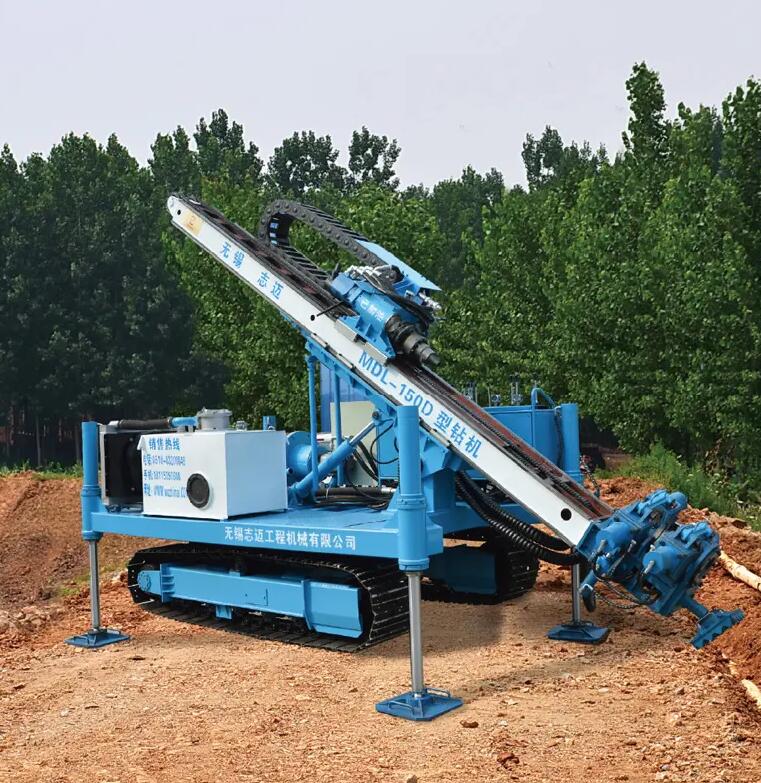 English
English שפה עברית
שפה עברית  Kurdî
Kurdî  Español
Español  Português
Português  русский
русский  tiếng Việt
tiếng Việt  ภาษาไทย
ภาษาไทย  Malay
Malay  Türkçe
Türkçe  العربية
العربية  فارسی
فارسی  Burmese
Burmese  Français
Français  日本語
日本語  Deutsch
Deutsch  Italiano
Italiano  Nederlands
Nederlands  Polski
Polski  한국어
한국어  Svenska
Svenska  magyar
magyar  বাংলা ভাষার
বাংলা ভাষার  Dansk
Dansk  Suomi
Suomi  हिन्दी
हिन्दी  Pilipino
Pilipino  Gaeilge
Gaeilge  Indonesia
Indonesia  Norsk
Norsk  تمل
تمل  český
český  ελληνικά
ελληνικά  український
український  Javanese
Javanese  தமிழ்
தமிழ்  తెలుగు
తెలుగు  नेपाली
नेपाली  български
български  ລາວ
ລາວ  Latine
Latine  Қазақша
Қазақша  Euskal
Euskal  Azərbaycan
Azərbaycan  Slovenský jazyk
Slovenský jazyk  Македонски
Македонски  Lietuvos
Lietuvos  Eesti Keel
Eesti Keel  Română
Română  Slovenski
Slovenski
Operator Training: What Skills Are Needed for a Multi-functional Anchoring Rig?
2025-11-18
Operator Training: What Skills Are Needed for a Multi-functional Anchoring Rig?
Operating a multi-functional anchoring drilling rig is a highly skilled profession that blends mechanical expertise, geological understanding, and procedural discipline. Unlike operating a standard machine, the individual in the cab of this sophisticated equipment must be a technician, a problem-solver, and a safety leader. The complexity of these rigs, which often combine drilling, grouting, and anchoring capabilities for geotechnical and foundation work, demands a comprehensive and structured training program. A well-trained operator is the key to unlocking the rig's full potential, ensuring project quality, and maintaining a safe worksite.
The foundational skill set is a deep mechanical and operational understanding of the multi-functional anchoring drilling rig itself. Operators must be thoroughly familiar with the machine's components, including the hydraulic system, drilling head, mast, grouting unit, and control interface. Training must go beyond basic controls to cover advanced functions like automated sequence drilling, pressure and flow monitoring, and how to switch between different drilling methods (e.g., from continuous flight auger to duplex drilling for casing advancement). They must understand the cause-and-effect relationship between their inputs and the machine's response in the ground. Furthermore, proficiency in pre-start checks, routine maintenance tasks like greasing and filter changes, and basic troubleshooting for common hydraulic or electrical faults is essential to prevent downtime.

Beyond machine operation, the individual must possess a solid grasp of geotechnical principles and reading instrumentation. An expert operator of a multi-functional anchoring drilling rig can "feel" the ground through the machine. They interpret real-time data on the control panel—such as penetration rate, torque, flush pressure, and grout pressure—to identify changing subsurface conditions. For instance, a sudden drop in torque and increase in penetration rate might indicate a transition from clay to a loose sand layer, requiring an immediate adjustment in drilling parameters or flush medium (e.g., introducing more foam to stabilize the hole). This ability to adapt in real-time is critical for achieving design depth, preventing hole collapse, and ensuring the integrity of the anchor or pile.
Procedural knowledge for specific applications is another critical area. The skills required to install a soil nail differ from those needed for a high-capacity ground anchor or a micropile. Training must cover the entire process chain: understanding the project drawings and specifications, proper setup and alignment of the multi-functional anchoring drilling rig, drilling to the precise angle and depth, tremie grouting techniques to avoid defects, and the correct installation and stressing of anchors. They must be well-versed in the quality control and record-keeping requirements for each step, knowing what data to log and how to identify non-conformances. A procedural error during grouting, for example, can render a perfectly drilled hole ineffective.
Finally, and most importantly, comprehensive safety training is non-negotiable. The work environment around a multi-functional anchoring drilling rig is hazardous, involving heavy loads, high pressures, and sometimes unstable ground conditions. Operators must be trained in site-specific hazard assessments, lockout-tagout procedures for maintenance, and the safe handling of drill strings and anchors. They must understand the risks associated with working near utilities, excavations, and overhead power lines. Moreover, as the leader of the drilling crew, the operator must be able to effectively communicate with and direct assistants, ensuring that all team members adhere to safe work practices. Continuous, hands-on training under the supervision of an experienced mentor is the best way to cultivate these multifaceted skills, creating an operator who is not just a driver of machinery, but a integral part of the geotechnical construction team.




